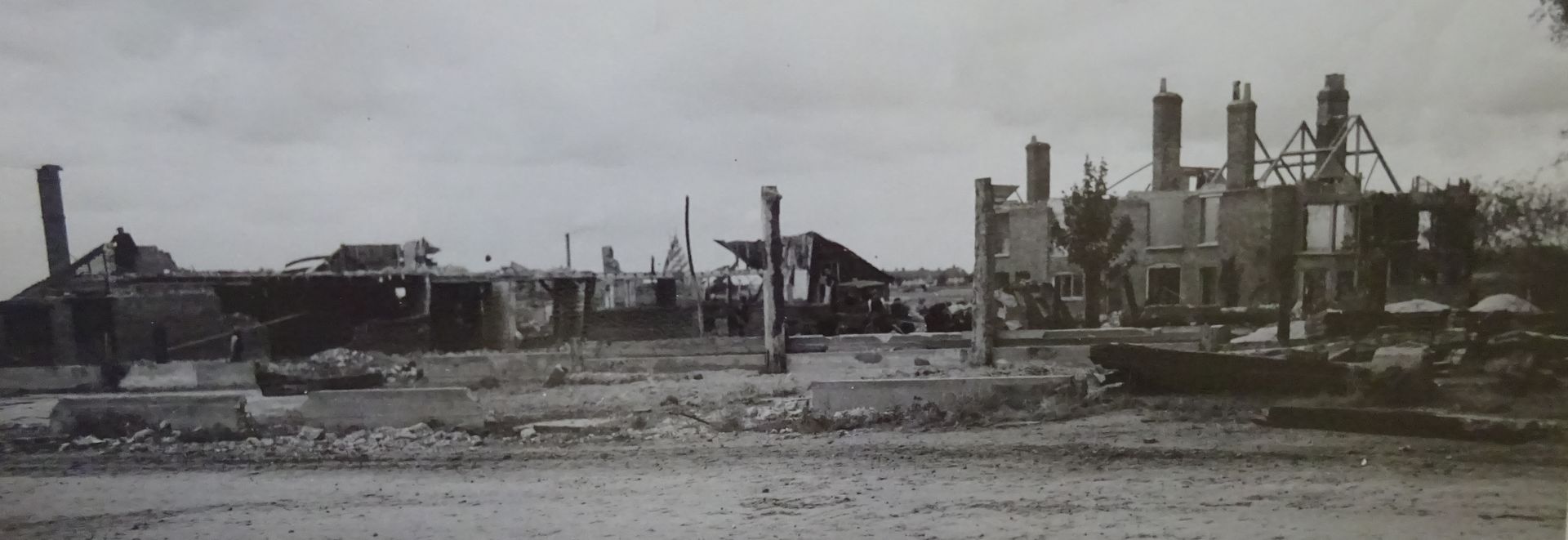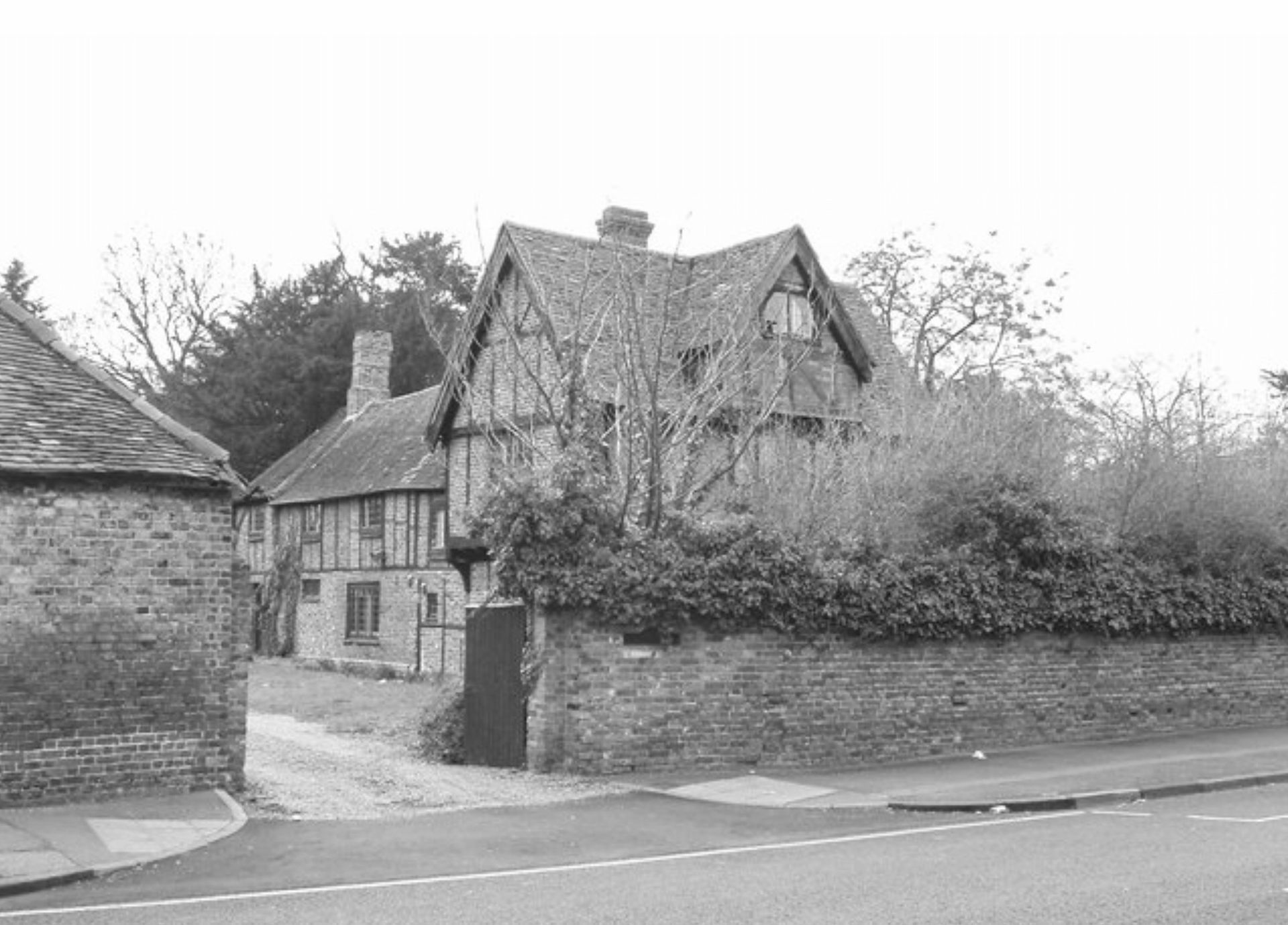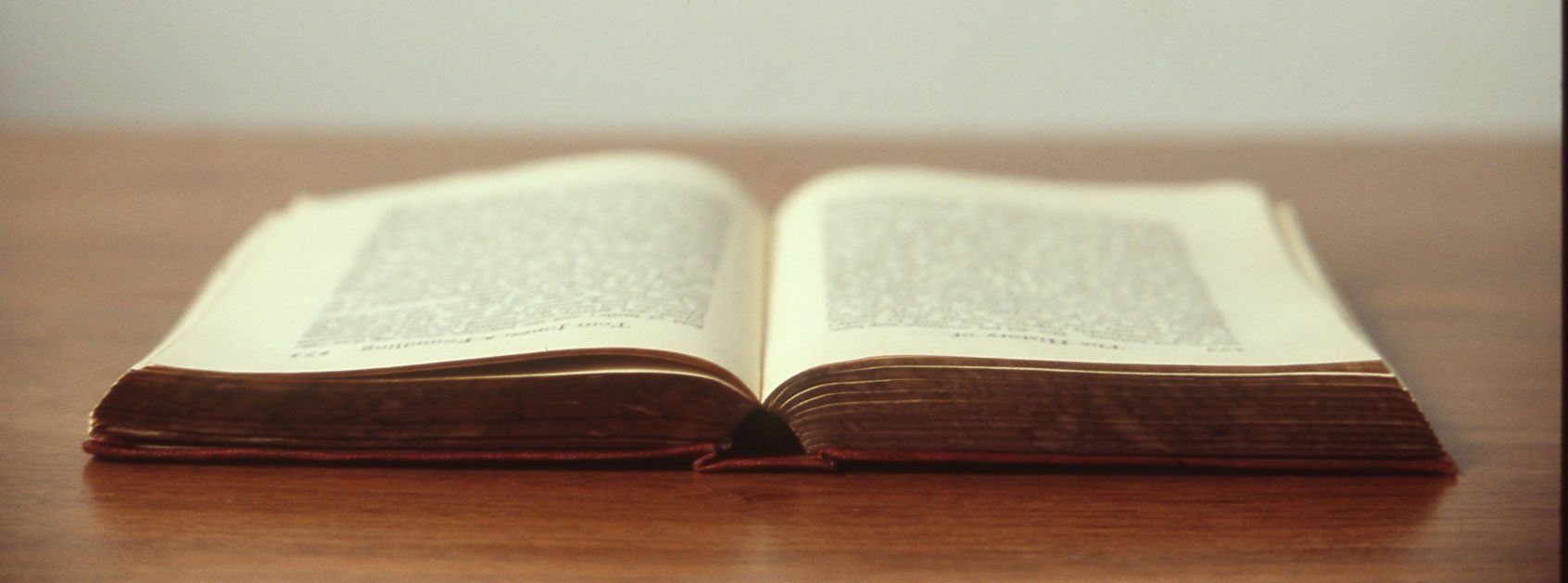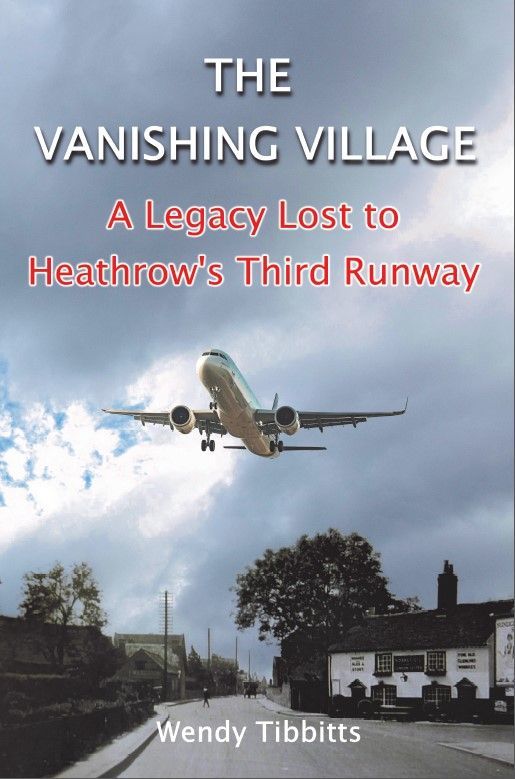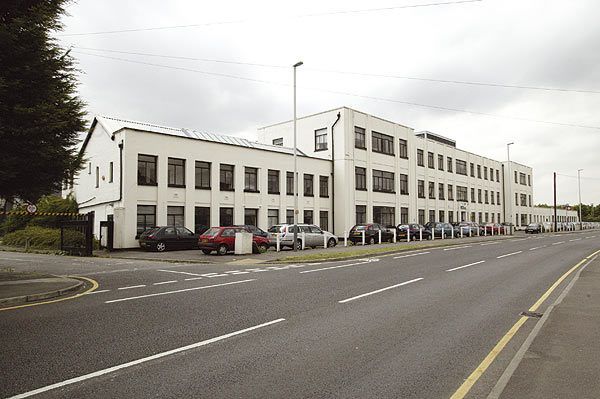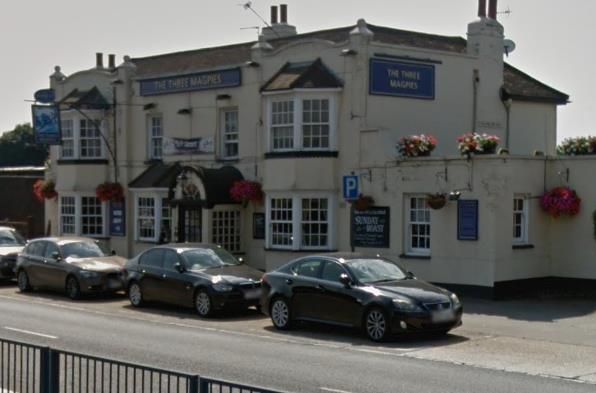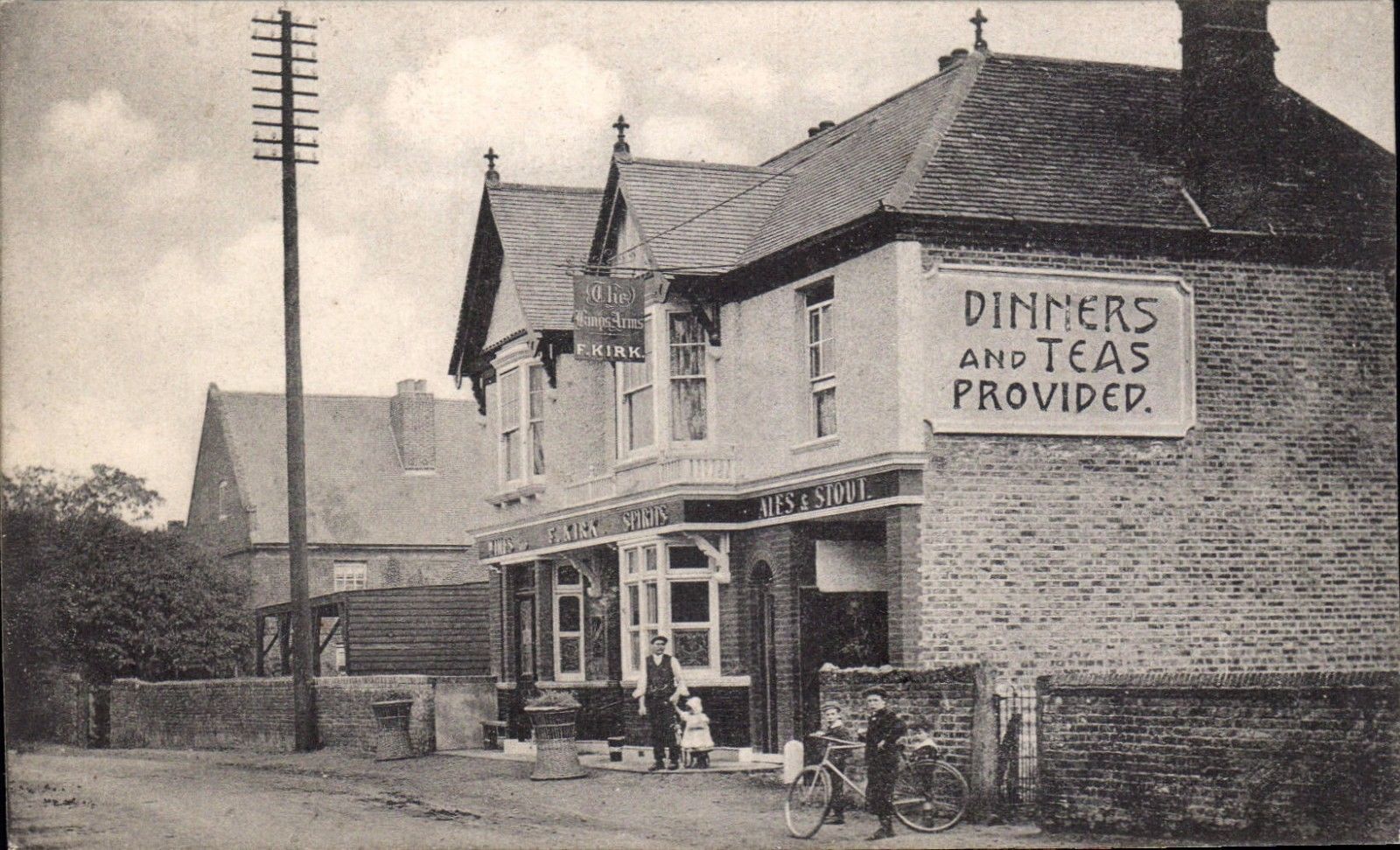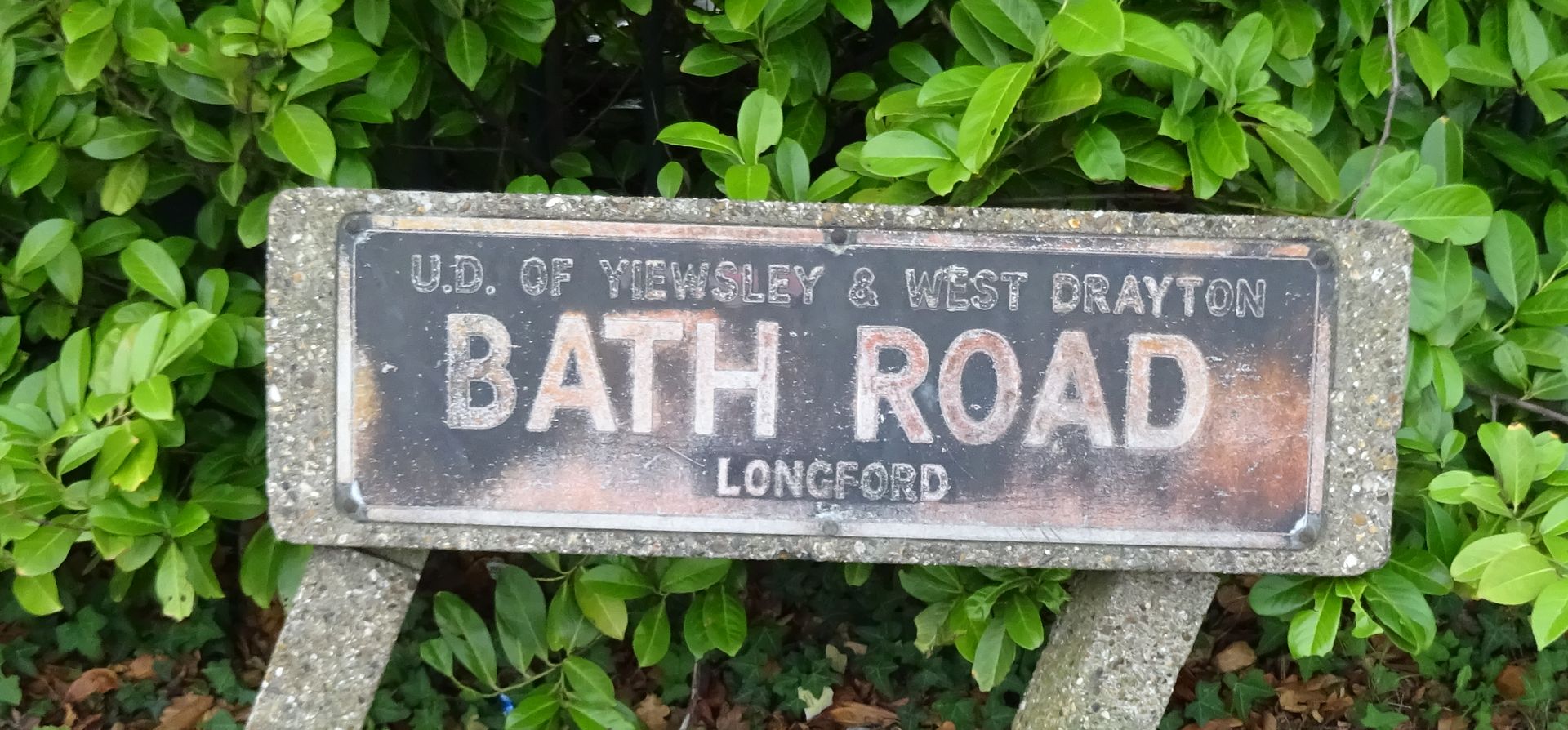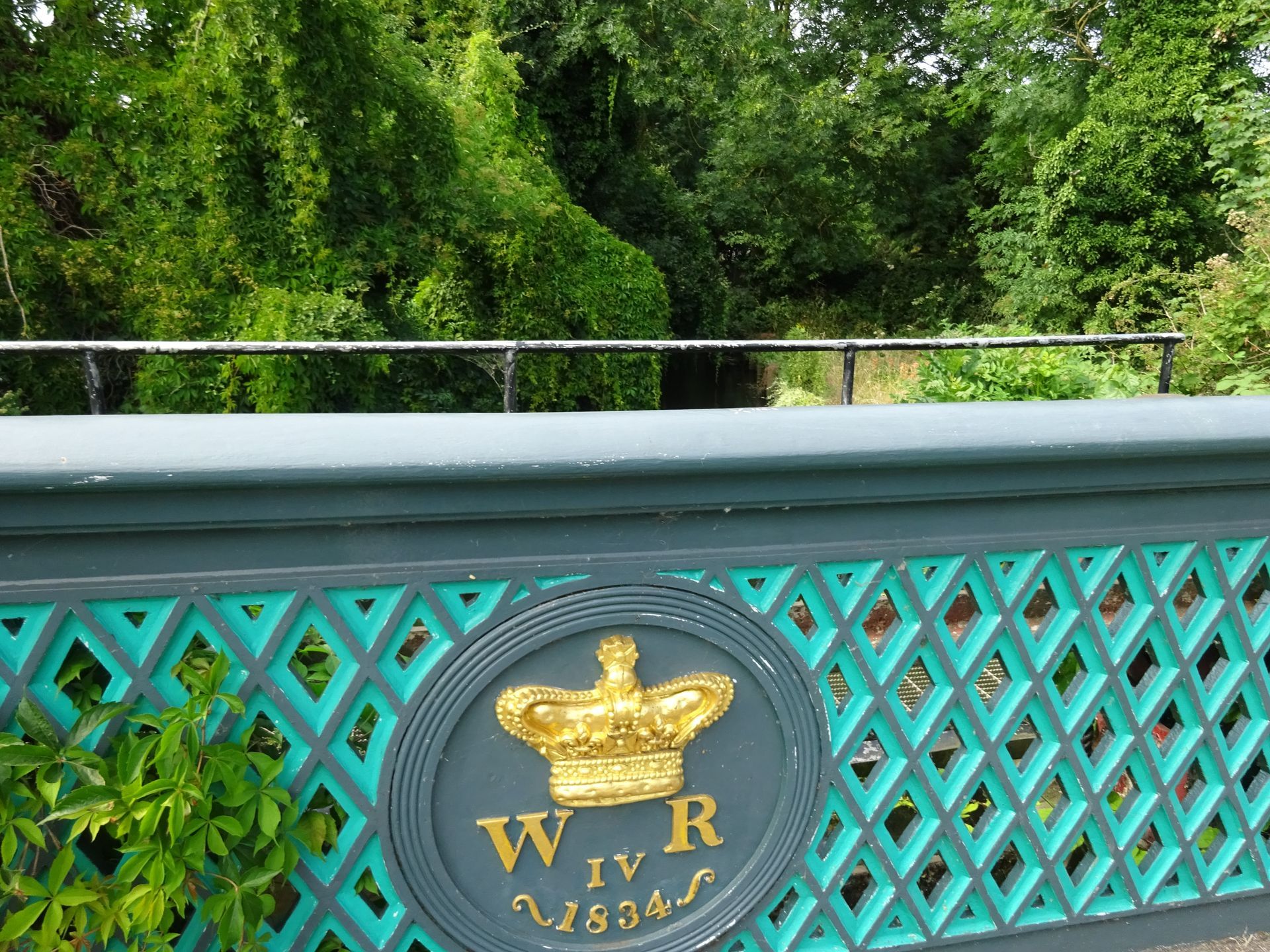Tales from Longford: The history of Yeomans
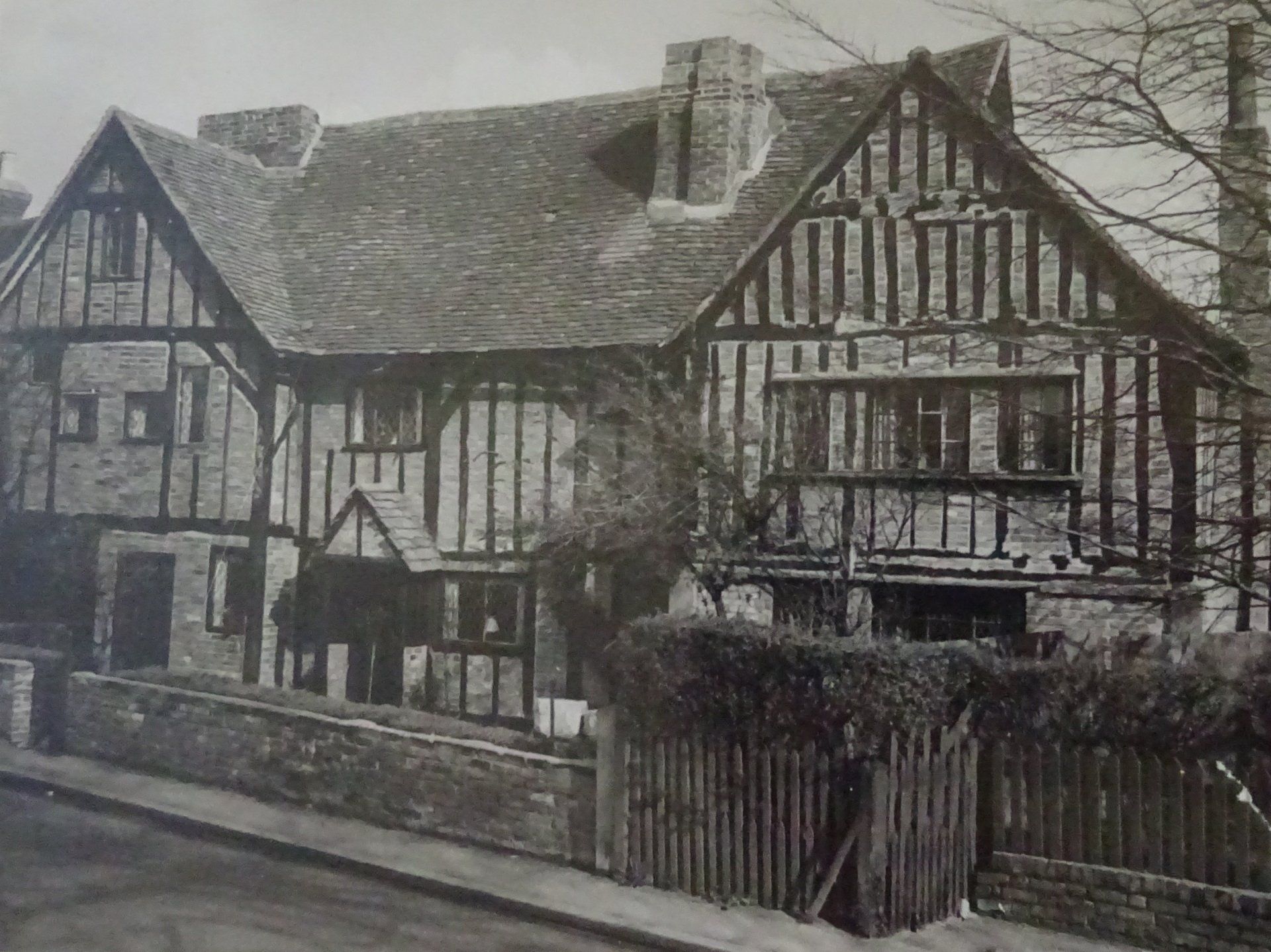
Yeomans is a Grade II listed Tudor house in the village of Longford in West Middlesex. It will be demolished if the third runway is built at Heathrow airport.
The Elizabethan House in the centre of Longford village in Middlesex dates back to the sixteenth century. It is situated in a prime position on the Old Great Bath Road which run through the village. It has two storeys, a tiled roof, and with exposed timber framing with brick infilling. The building has a central range with two cross-wings, the left hand wing has an attic. Most of the windows are now modern casements, but to the left of the central front door is a seventeenth century casement.
In the mid-eighteenth century this house was owned by Thomas Streeting who died there in 1773. It was inherited by his daughter, Elizabeth, who had married the other prominent Longford farmer, Thomas Weekly. By then Thomas, and his wife, and their nine children were established in the Weekly house, a hundred metres along the Bath Road. They did not need the house for themselves so they decided to divide it into three dwellings for their farm labourers’ families. The house remained in the possession of the Weekly and Wild families until the middle of the twentieth century.
This building is now known as Yeoman’s, and was probably named after a labouring family called Yeoman who were living there in the nineteenth century. The early history of this building is obscure. In 1542 Leland in his Itineraries describes a building about a mile north of the wooden bridge over the Colne between Longford and Colnbrook, which suggests it could be the building now known as Yeomans. At the time it was the manor house of Colham and owned by the Earl of Derby who died there on 23 May 1521. He had built the Tudor Manor House on the site of a medieval house. At that time the manor of Colham had extensive land around Hillingdon. A son of the second Earl of Derby, Henry Stanley, died at the Colham Manor House in 1528 and there is a memorial brass to him in the Chancel of St John’s church, Hillingdon.
This Tudor Manor House, which might have been the Colham Manor House, was known to be standing in 1636 and shown on a map dated 1742, but its existence is uncertain after that.[1] Daniel Lysons (An Historical Account of Those Parishes in the County of Middlesex, 1800) said the manor of Colham extended over almost all the parishes of Hillingdon, Cowley, and Ickenham, and once extended into the manors of Hatton, Dawley and Harmondsworth, although he also added that he thought the manor house in which Lord Derby died might have been pulled down. However I believe Yeomans is the right age and in the right place to be considered as a likely candidate to be considered as the Colham Manor House. The Earls of Derby were extensive land-owners throughout England and there is a vast collection of documents relating to their property in the Lancashire archives, as well as early records in the Nottingham, Staffordshire and National archives. I obviously need to do more research at these archives to try and establish the origin of this building.
Today the building is Grade II listed by Historic England and divided into three separate dwellings. It continues to be a well-regarded part of the street-scene and history of the Conservation area of Longford, Middlesex.
[1] https://www.british-history.ac.uk/vch/middx/vol4/pp69-75#p7
For more stories about Thomas Weekly and the history of the village of Longford, read:
Longford: A Village in Limbo
by Wendy Tibbitts
For a “Look Inside” option for this book go to https://b2l.bz/WUf9dc
